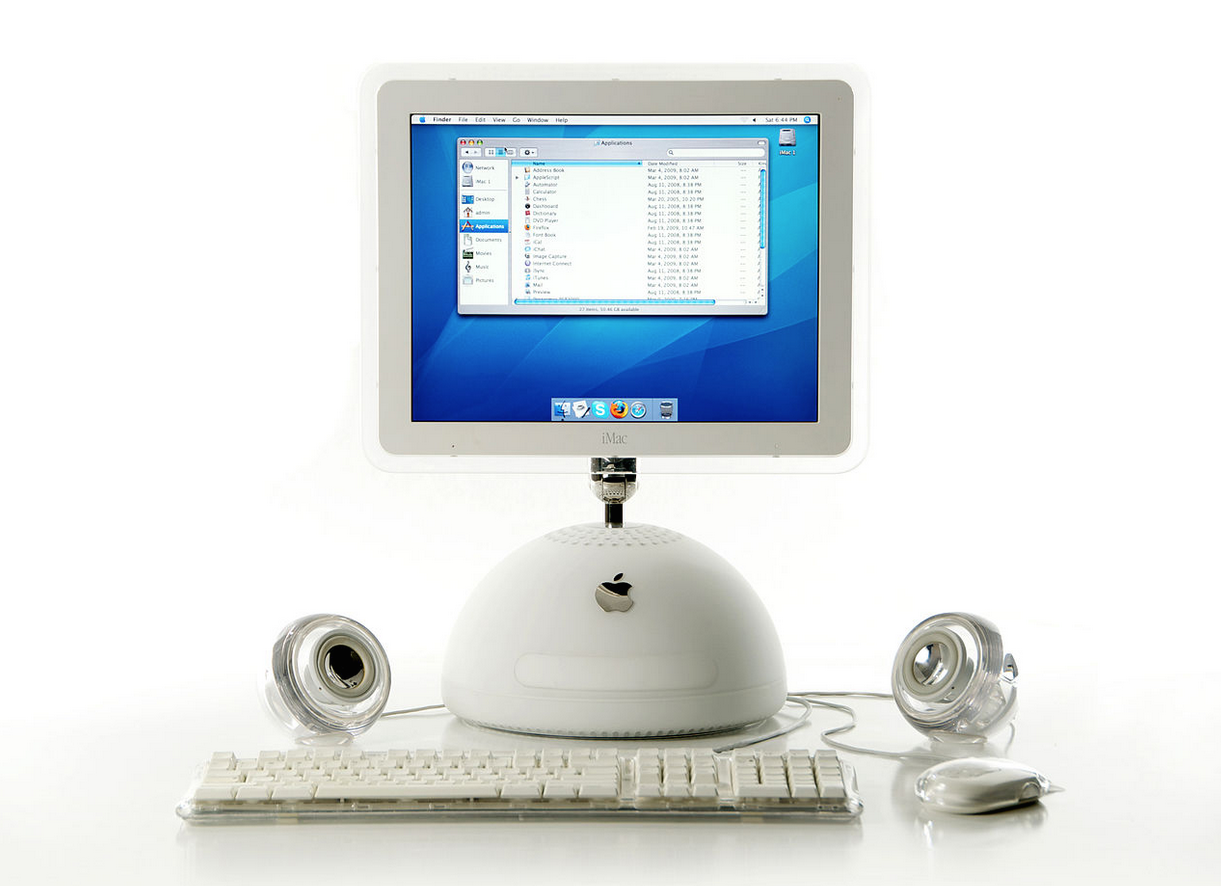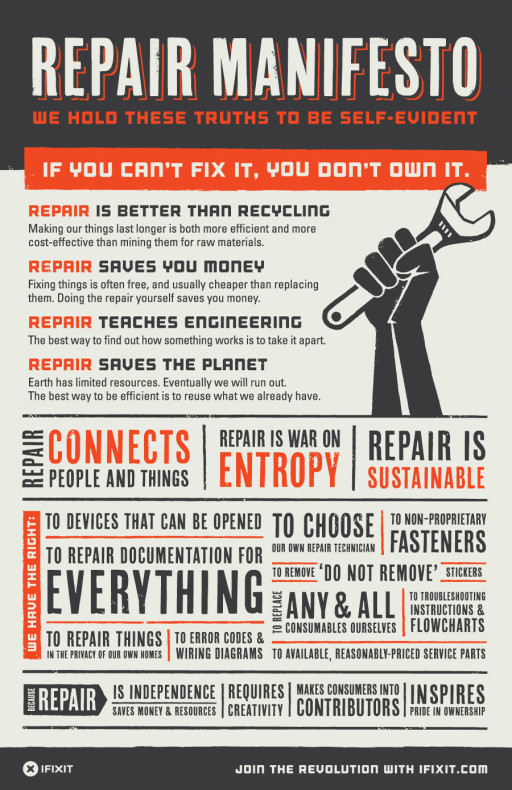The post has taken me entirely too much time to write. Not because I’m procrastinating or writing slowly, but because I’m being held hostage by the spinning beach ball of death. I bought my current iMac in early 2011, which means that enough time has elapsed that the Apple Care warranty I purchased with it has expired and nothing works quite right any more. I’ve spent inordinate amounts of time seeking solutions in online forums, to no avail.
I generally avoid software updates on older machines, but when it was no longer possible to write 200 words without lobbing a string of expletives at the computer, I upgraded to a newer operating system. If anything, this just made the computer slower. In desperation, I reformatted the hard drive and reinstalled the operating system, which helped not at all.
The body of my iMac is practically brand-new. The screen is beautiful, it’s only the guts that need upgrading. It seems tragic and wasteful that I can’t just replace a few of the internal parts.
I wish it was just the computer, but my four-year-old iPhone 4 has also become almost unbearable. It’s slow to respond to the touchpad, and it regularly freezes when I try to move from one app to another. But the body is still in perfectly good shape and I don’t really want to get another phone. Why can’t Apple make devices that last? These are the tools of my profession, so I can easily justify (and deduct) the expense of replacing them, but it makes my stomach churn to think about turning these devices into toxic heaps of garbage.
While researching this post, I stumbled upon the ifixit website, which offers manuals for fixing a wide range of computers and other tech products and also this ifxit.com manifesto.
“If you can’t fix it, you can’t own it” — that line captures my discomfort. Why does Apple get to decide how long I can enjoy something I’ve purchased? Why can’t it let me continue using a product I love?
If I had my way, I’d still be working from my iMac G4. From a design standpoint, that first iMac of mine remains my favorite computer of all time. I had the 17”, and its design was elegant and practical. The flat screen was nimble and fully moveable. If it had been possible to replace the guts of that G4 with a faster processor and more memory, I would have happily continued using the physical body of that old computer. Indeed, I would have been happy to plug a newer computer into that perfectly good monitor. But when I called Apple and asked them how I might do this, they told me I couldn’t. End of story.
Reminiscing about my old iMac reminds me of its external speakers, round globes that looked like something out of the Jetsons. Their sound wasn’t exactly hi-fi, but it wasn’t bad, and I’d still use them, if I could. Instead, they sit in a box in my office, gathering dust and guilt. The only thing wrong with those speakers is that they’ve never functioned with any other computer. Which means that they’re just bulky electronic garbage. I have a whole box of stuff like this sitting in a closet, and whenever I hear about an electronics recycling day I consider unloading the box.
But I wonder what really becomes of the junk gathered at these events. I’m skeptical of e-recycling projects and worry about sending spent electronic waste to other countries where it will expose kids to toxic chemicals.
I’m no packrat, but I’m getting tired of my growing mound of e-garbage. And so, I’m holding out. I’ve declined all those phone company offers to upgrade my phone, and I intend to hold on to my old phone until I’ve skipped at least two generations of new products. With the iPhone 7 rumored to be coming out before the end of the year, this rates as an embarrassing #FirstWorldProblem, not any real sacrifice. As I continue to look for ways to kill the beachball of doom on my iMac, I’m also pondering what it might take to prod manufacturers into making products that last. Handing them responsibility for what happens when a product outlives its usefulness seems like a good first step.
Images: iMacG4 via Wikipedia commons. Manifesto courtesy ifxit.com.


You said: “I generally avoid software updates on older machines, but when it was no longer possible to write 200 words without lobbing a string of expletives at the computer, I upgraded to a newer operating system.”
If you haven’t done any updates, then what do you think is making it nearly impossible to write 200 words on your computer? I have lots of old Macs, most of them still working just fine. One of them is 16 years old and has a SCSI interface. It might not be able to do an unsharp-mask on a photo from my phone camera in any reasonable amount of time, but it can edit 200 or 2000 words just fine. Another is maybe 8 years old and it drives my Techno K’Nex more or less as it did when I first bought the kit. It too can edit 200 or 2000 words just fine. Until two years ago the local bank was using a first release Macintosh to talk with their central network with some ancient terminal emulator. It worked just fine.
If you cannot edit 200 words on your computer, then your computer has something broken. I can’t diagnose it for you, and it may or may not be possible to fix it. Computers, like cars, are complex machines and have all sorts of stuff that can break, and there are only so many spare parts in the world. Apple hasn’t done anything to you. They built a machine, and it is impossible to build a machine that works indefinitely. You can try to fix it. If the problem is the disk drive or memory, odds are you can get them replaced. If it is some obscure chip on the mother board, you may wind up in the nether world of spare parts suppliers. Or, you may be out of luck.
Apple, and its peers, aren’t going out of their way to make products that break. Apple computers are more reliable than most, and their resale prices show it. The problem is with machines, particularly machines that keep getting better and often more reliable. If the technology were stagnant, you might have a point, but the original Mac didn’t have a color display. It didn’t have a hard disk. It networked using its serial port, so it couldn’t access the internet. It could edit 200 or even 2000 words just fine, if you didn’t mind looking at bitmap fonts on a tiny screen.
A lot of people find a technological sweet spot, and it makes sense to drag it out for as long as possible, but, like my bank, at some point one has to move on. Your babe in arms is now walking, going to college, raising children. That’s how life works.